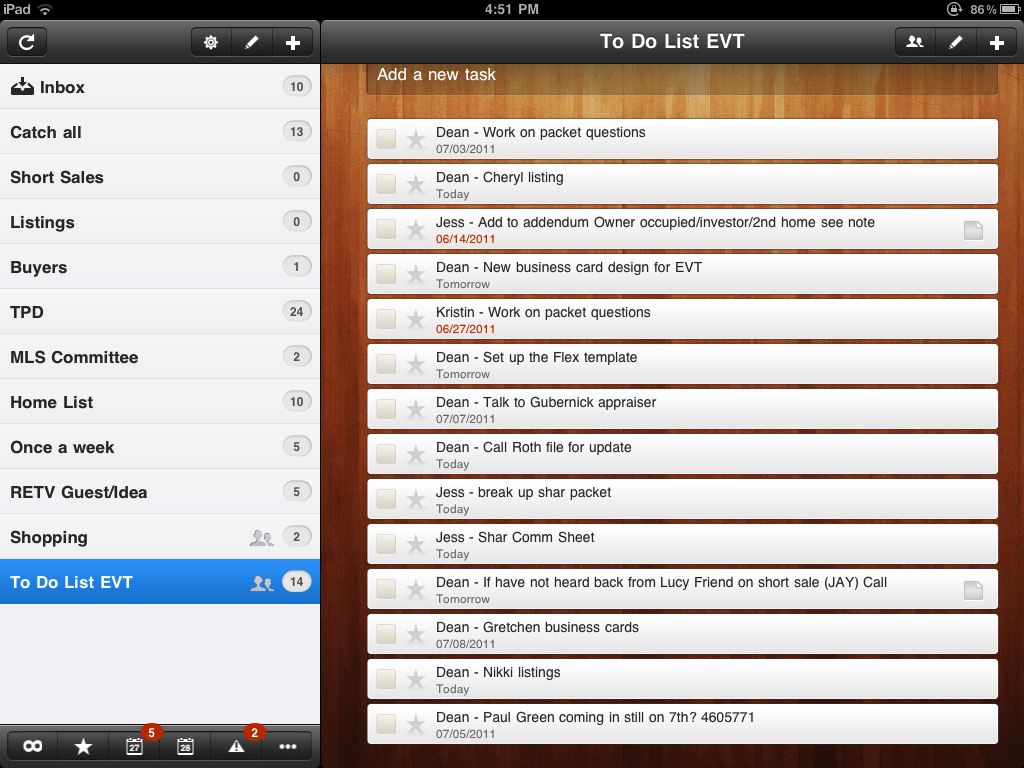Five Tips for Retaining Users from SessionM
Today, many people dream of having their app noticed. But that's not enough for success. A user may download the app, but then delete it after the first launch. How to avoid this is explained by the founder of SessionM.
SessionM specializes in monetizing mobile applications through a rewards system. They refer to users who frequently use their mobile devices as power users, indicating that they are the most active in apps and often socially engaged.

Scott Weller, co-founder of SessionM, shared in his article on Inside Mobile Apps how to turn the average user into a power user. We translated and supplemented the material with real-world examples.
1. Be a Guide
Don't expect a casual user to explore the app's features on their own. Show them the main features during their first visit and explain why the app is useful for them. This way, they are less likely to feel lost and more likely to understand how to use it.
Example:
SketchBook shows slides about the app's interface during the first launch. The problem is, there are too many of them, making it hard to remember all the information right away.

Game developers have long found a way to address this. Encourage users to perform specific actions in the app, like in the builder Airport City. Use a "cloud" with text that sets a task and then guide the user to perform it, showing exactly where to click.
2. Personalize
An app's features should be understandable and important to the user; otherwise, why download it, right? One of the best ways to make an app useful is to add personalization features.
Make sure to provide settings that allow users to customize the app according to their preferences. This not only makes the app more convenient for users but also helps you gather information about what they find useful, which can be valuable for future developments.
Example:
The task planner Wunderlist allows users to not only create task lists but also choose backgrounds, types of reminders, and where they are sent.

3. Add Reminders
Often, users don't return to an app simply because they forget about it. Notifications are an excellent way to remind them that your app exists. According to a study by Urban Airship, user retention rates for those receiving push notifications are 26% higher after one month than for those who do not.
Increasing app re-engagement with reminders isn't too hard. The key is to make the messages meaningful and ideally customizable by the user.
But be cautious. Repeated and frequent reminders typically lead to app deletion.
Example:
The news app Appy Gamer sends notifications about the hottest stories, but this feature can be disabled. Its settings also allow users to track updates on topics, enabling or disabling sounds, and even silencing notifications at night.

4. Praise Good Behavior
People love being praised and receiving gifts. So why not use that to your advantage? Encourage your users for their activity within the app. This applies not just to games, where it's already common. A medal or a list of achievements looks great even in a reading app. They motivate users and even draw their attention to features they might overlook.
Examples:
In "The Treasures of Montezuma 3," achievements are awarded for doing nothing in the game for a certain period.
5. In the Crowd
Your users are social creatures. Many of them are eager to share their experiences with friends.
By integrating social features in the app, the risk of users leaving to "socialize" elsewhere is reduced. Moreover, it increases virality. We recommend writing about a particular feature or user achievement in the shared text, rather than boasting about how cool your app is.
Example:
A message request is also a type of communication. Diamond Dash aggressively uses this strategy. If a user runs out of hearts in the game, they can ask a specific friend to send them some. Naturally, this prompts the friend to launch the app again, which in turn boosts user retention.